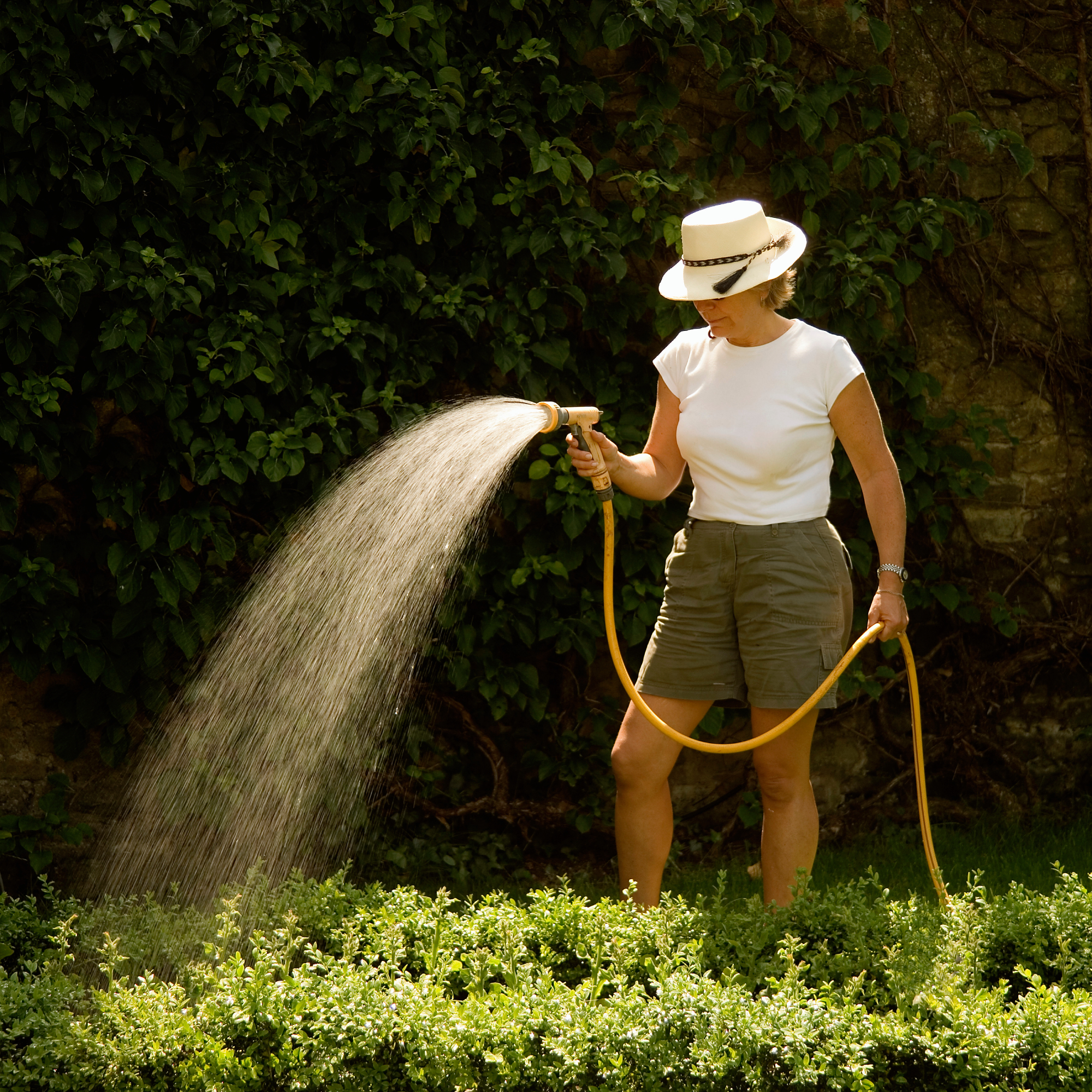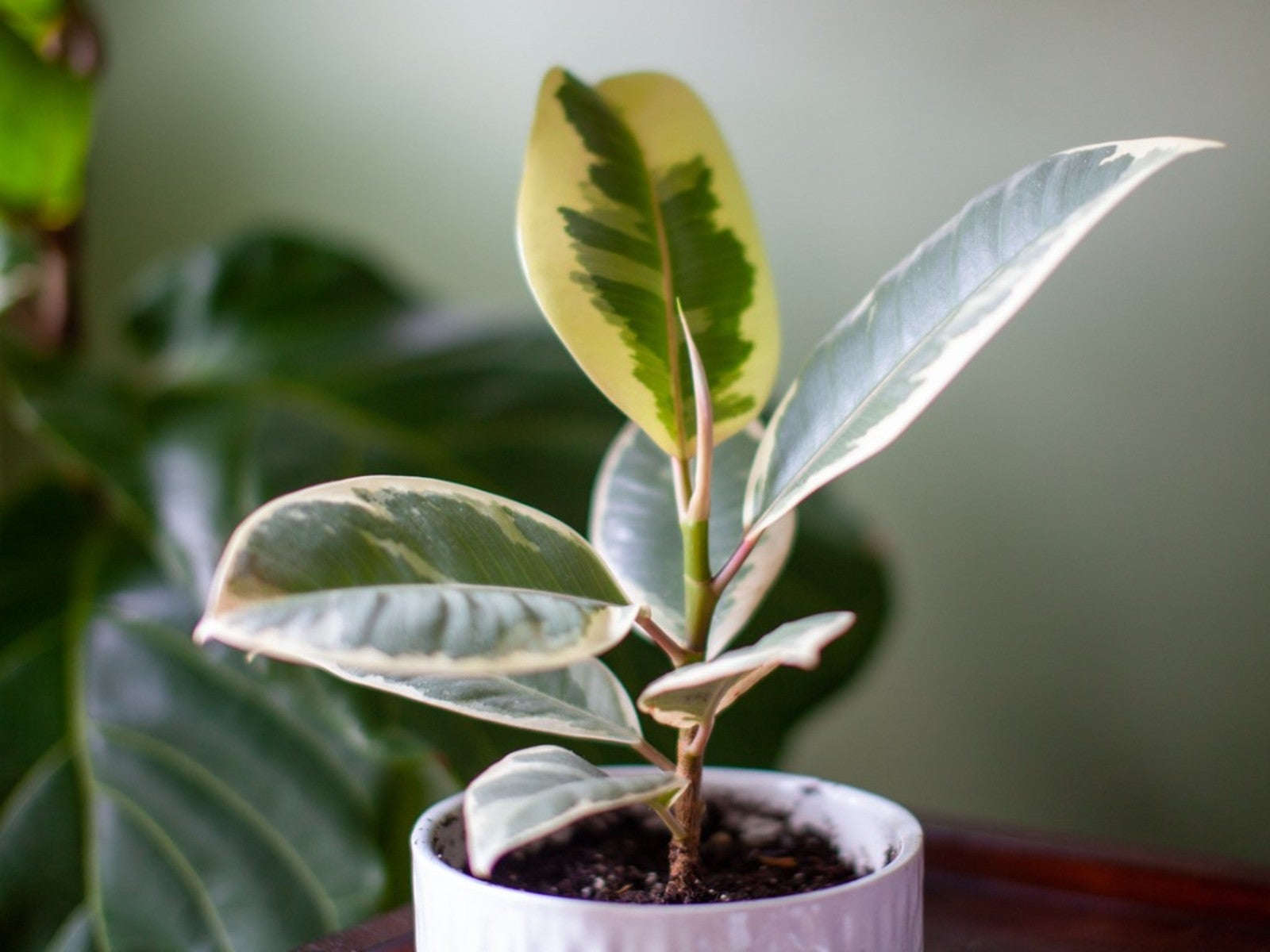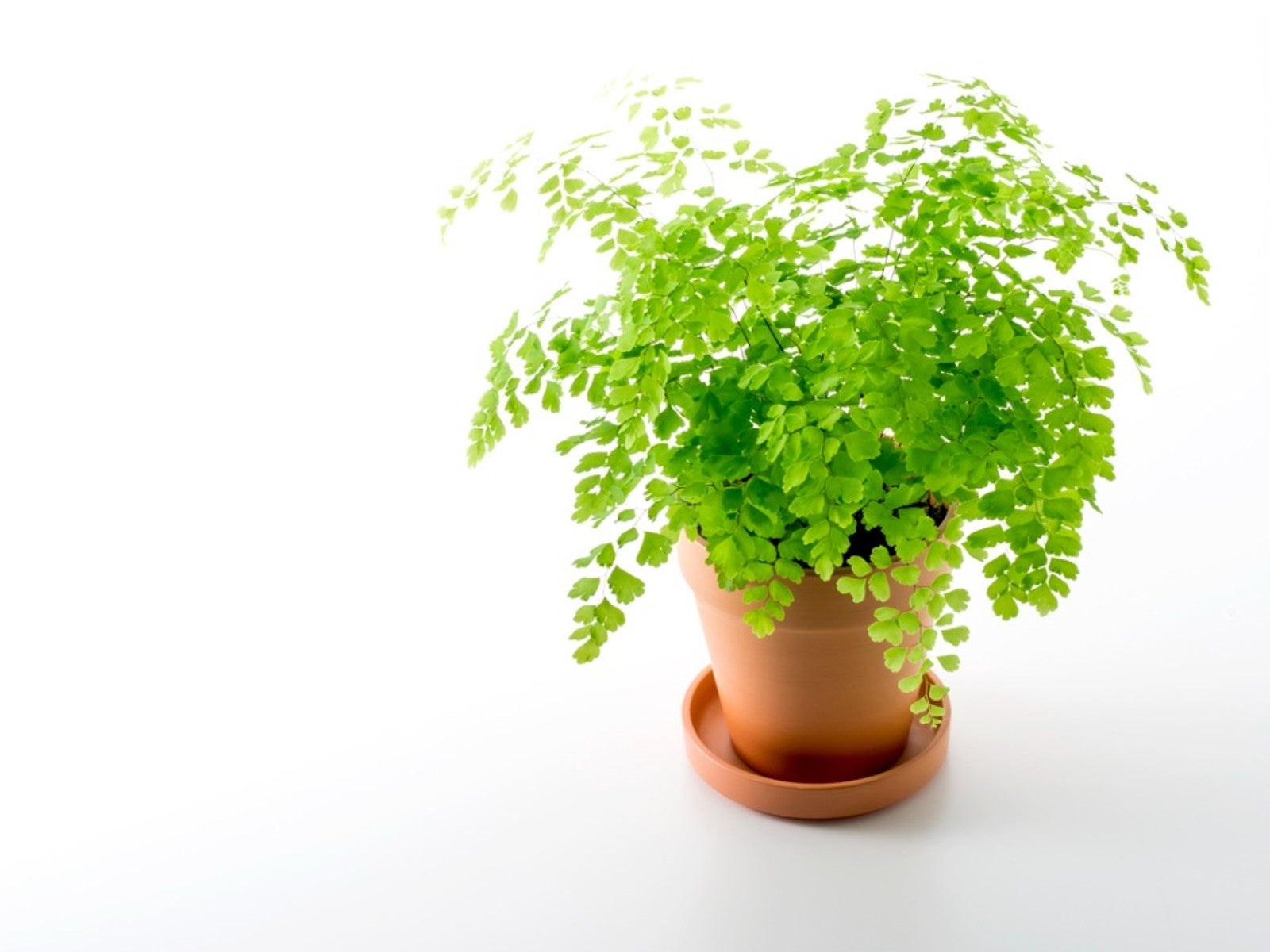Repotting Houseplants: How To Repot A Houseplant


So you've determined that your houseplant is in need of a major overhaul--repotting. Houseplants require occasional repotting to keep them healthy. In addition to knowing when to repot (with spring being most preferable), you must, of course, know how to repot a houseplant for this task to be successful.
How to Repot a Houseplant
When it's time to repot your plant, you should use a combination of plastic pots and peat-based compost. Of course, this depends on the plant's requirements. First, soak the clay pot for a day before using it so the pot won't draw the water out of the compost. Pots are available in all sorts of sizes but you usually only need four or five different sizes. The most common sizes used are the 6 cm., 8 cm., 13 cm., 18 cm., and 25 cm. You will always want to leave enough space between the rim of the pot and the surface of the compost; as that's your watering space. It should increase with the size of your pot because larger pots hold larger plants, which require more water. When one of your houseplants is in a large pot and can't be repotted, you'll have to top-dress the compost. What this means is you will have to remove the top 1 to 1 1/2 inches (2.5-4 cm.) of old compost and replace it with fresh compost. Be sure not to damage the plant's roots and leave a gap between the top of the compost and the rim of the pot so that the plant can be watered easily.
Steps for Repotting Houseplants
Repotting a houseplant is easy when following these basic guidelines for houseplant repotting:
- First, water the plant the day before you plan on repotting it.
- Put your fingers over the top of the root ball and invert the pot. Tap the pot's rim on a firm surface, like a table or counter. If the root ball resists, run a knife between the pot and the root ball to loosen the roots.
- Inspect the roots and remove the crock from the root ball's base when repotting a houseplant into a clay pot. Tease the roots free. You might have to use a stiff label or sticker.
- After that, pick a clean pot a little larger than the one from which you just removed the plant--normally going up a couple pot sizes.
- Place a nice, firm handful of fresh compost into the pot's base. Place the root ball on top of that in the center. Make sure the surface of that root ball is below the rim so you can cover it adequately with compost. Once you have the plant in the correct position, gently place some fresh compost around it and over it. Do not ram the compost into the pot tightly. You want to give the roots some ability to move and grow.
- Finally, if you think it's necessary, add more compost on top and gently make it firm. Be sure to leave the recommended amount of space on top for watering purposes. Put the plant where moisture can drain freely and trickle water onto the plant filling the watering space on top. Allow extra water to drain out and place the pot in an attractive outer container to catch any excess. You won't want to water this plant again until the compost shows some signs of drying out.
Now that you know how to repot houseplants, you can enjoy them even longer year-round.
Gardening tips, videos, info and more delivered right to your inbox!
Sign up for the Gardening Know How newsletter today and receive a free copy of our e-book "How to Grow Delicious Tomatoes".

Heather Rhoades founded Gardening Know How in 2007. She holds degrees from Cleveland State University and Northern Kentucky University. She is an avid gardener with a passion for community, and is a recipient of the Master Gardeners of Ohio Lifetime Achievement Award.
-
 Keep Your Patio Pest-Free This Summer With These 5 Potted Plants That Repel Mosquitoes
Keep Your Patio Pest-Free This Summer With These 5 Potted Plants That Repel MosquitoesTell biting insects to buzz off with these five potted plants that repel mosquitoes! Plus, one plant mosquitoes love that you should avoid at all costs.
-
 When Is The Best Time To Water Plants? Expert Guide To Keep Plants Happy Even In The Heat
When Is The Best Time To Water Plants? Expert Guide To Keep Plants Happy Even In The HeatProper watering can make or break your garden. Learn the best time to water plants so your garden can be healthy all summer long.
-
 8 Easy Care Houseplants That Live A Long Time
8 Easy Care Houseplants That Live A Long TimeClick here to learn about our 8 favorite low maintenance houseplants that can, with proper care, live a long time.
-
 How Often Should You Repot Plants?
How Often Should You Repot Plants?Escaping roots and shrinking leaves may mean your plant wants a new pot, but some like staying cramped and cozy.
-
 Orange Flowering Houseplant Varieties With Tropical Flair
Orange Flowering Houseplant Varieties With Tropical FlairClick here to learn about some cheerful orange-blooming houseplants you can try growing.
-
 Variegated Houseplants With Lovely Leaves
Variegated Houseplants With Lovely LeavesWhat are some of the best variegated houseplants to add to your collection? Click here to find out.
-
 Lovely, Lacy Indoor Foliage Plants
Lovely, Lacy Indoor Foliage PlantsClick here to learn about some houseplants with lacy foliage to add to your collection.
-
 Best Christmas Houseplants And Plants For Winter Holidays
Best Christmas Houseplants And Plants For Winter HolidaysClick here for an idea of the best houseplants to use for holiday décor for Christmas, Hanukkah, Kwanzaa, and New Year’s.
-
 Best Big Houseplants To Create An Indoor Oasis
Best Big Houseplants To Create An Indoor OasisIf you have the space you may want to grow some large houseplants. Here are some ideas.
-
 Relaxing Plants To Grow Indoors For A Calmer Mind
Relaxing Plants To Grow Indoors For A Calmer MindAre there houseplants that can help you to relax? Click here to find out.